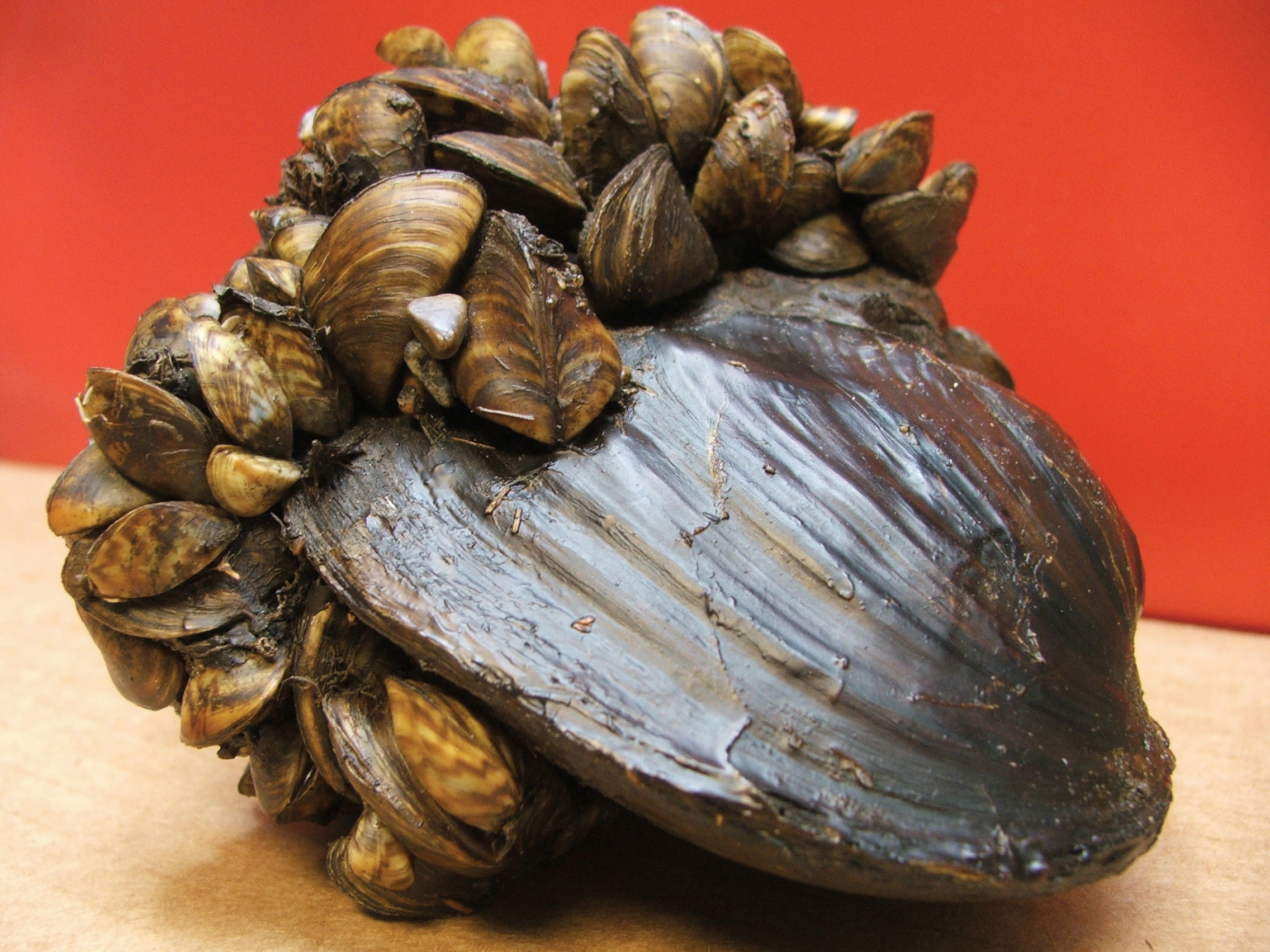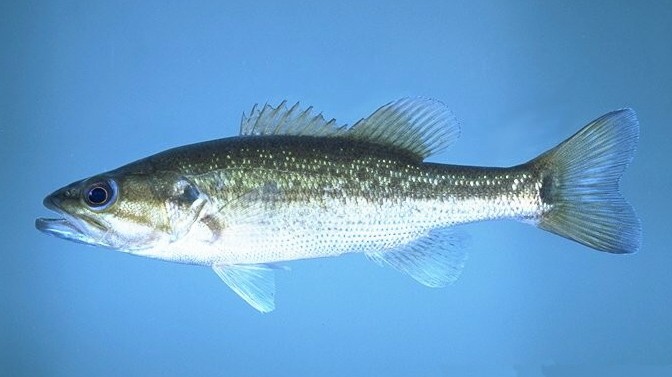Zebra Mussel
August 12, 2025

The zebra mussel (Dreissena polymorpha) is a small freshwater mussel that usually grows up to 2 inches long and weighs just a few grams. The Zebra Mussel got its name from its distinct black and white zebra like stripes. They are an invasive species that can be found on hard surfaces like rocks, boats, pipes, or other animals (like seen in the photo.) The Zebra Mussel's diet includes tiny algae, plankton, and organic particles in the water, their diet allows them to reproduce rapidly and cover large areas. Zebra Mussels were originally found Eastern Europe and have spread widly because they are a very invasive species. They can now be found in rivers and lakes in North Carolina like the Catawba River and Lake Norman. They pose a big threat to our local ecosystem by clogging the water systems and outcompeting native species. The Zebra Mussel is able to filter up to a liter of water per day which is how they drastically change water clarity and nutrient levels in whatever water system they invade.
Spotted Bass
August 13, 2025

The Spotted Bass, also known as Micropterus punctulatus are apart of the Sunfish family, they are known for being aggressive, powerful fighters, and for their tendency to school together, especially when feeding. The Spotted Bass typically grows to about 10-15 inches and 1-3 pounds, some larger ones can reach 24 inches and 8 pounds. The largest Spotted Bass found was over 11 pounds and 25 inches, caught at New Bullards Bar Reservoir in California by a man named Nick Dulleck. Spotted Bass can live up to 7 years but rarley even live up to 4-5 years. Their diet consist of small fish, crayfish, and awuatic insects. Spotted bass are known to be opportunistic feeders, meaning they will consume whatever is available in their environment. In North Carolina the Spotted Bass diet consist of crayfish, blue gill, occasionally frogs, shad, and worms. They are often found in rivers and reservoirs with rocky bottoms and prefer cool to warm water. They live in plaves clear, flowing water with rocky bottoms like streams, rivers, and reservoirs like Lake Chatuge, Hiwassee Reservoir, Fontana Lake, Cape Fear River, and more. Spotted Bass are considered invasive because their introduction in ecosystems can lead to competition for resources and even hybridization, potentially impacting native smallmouth bass populations.
Leave a Comment